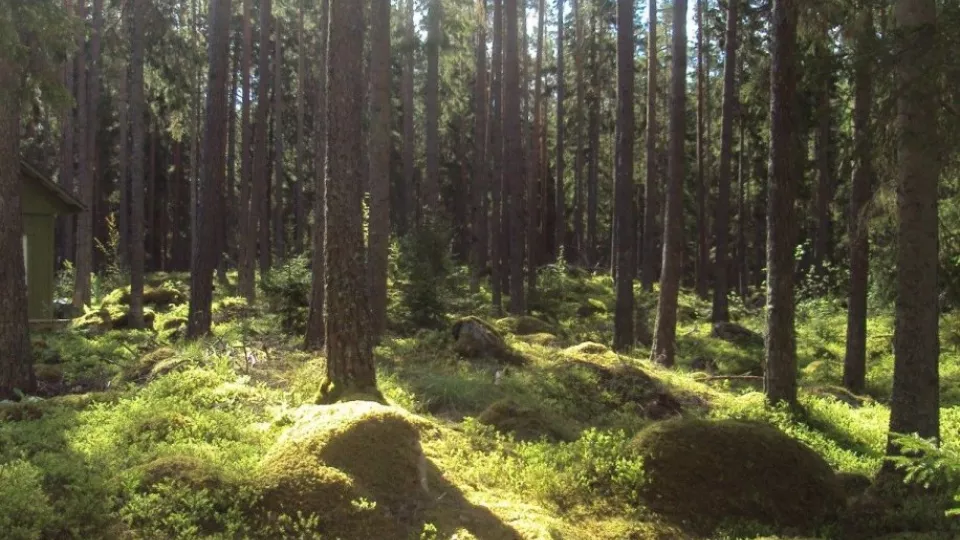Almost 70 per cent of land in Sweden is covered with forest, mainly commercially managed coniferous forest. The forests play a central role in affecting the climate as they both absorb carbon dioxide and emit greenhouse gases and reactive hydrocarbons.
“Many of these reactive gases have been shown to have a cooling effect on the climate by producing and affecting the number of secondary organic airborne aerosol particles in the air, known as SOA particles”, says Janne Rinne, physical geographer at the Faculty of Science at Lund University.
SOA particles help to produce clouds, which cool the climate by reflecting some sunlight away from the Earth’s surface. With global warming, the cooling effect is expected to be reinforced as coniferous trees produce and emit more hydrocarbons. However, our understanding of this type of feedback mechanism is still limited as too few studies have been conducted on coniferous trees.
Janne Rinne is therefore ready to launch a new research project aiming to increase understanding of how reactive hydrocarbons from Swedish spruce forests and airborne particles affect the climate.
A second project within the same subject area is to begin shortly at Lund University. The project will be led by Adam Kristensson, nuclear physicist at Lund University’s Faculty of Engineering and one of the coordinators of ACTRIS, a European research network for the measurement of airborne particles and short-lived gases. The investment in this project is to contribute to more advanced experimental structures and increased understanding of how coniferous forests can both affect and be affected by climate change.
Previously published at the Faculty of Science
Text: Ylva van Meeningen and Lena Björk Blixt


